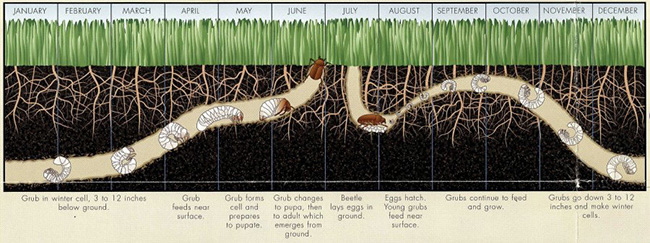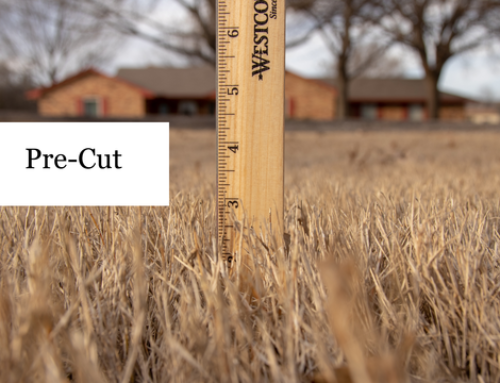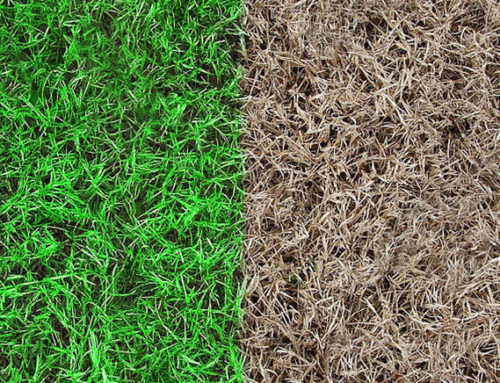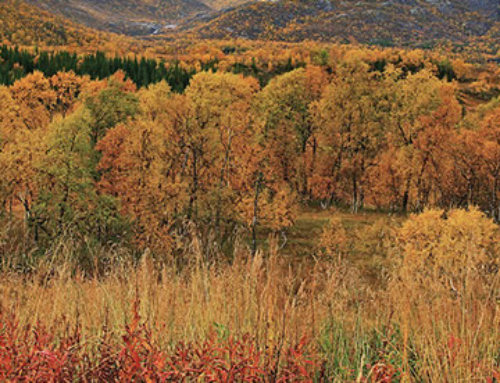Summer evenings can be an excellent opportunity to enjoy the outdoors, as long as you are prepared to deal with the heightened activity of insects. Some of these summer insects can be harmful, like mosquitos. Other insects can be considered more of a nuisance than an attacker. One example of the latter is the scarab beetle, commonly known as the June bug. This nighttime aviator is slow, clumsy, and is attracted to lights. Other than the random misfortune of stepping on one, these beetles leave humans alone. On the other hand, these beetles are one of the main sources of grub damage in lawns.
What is a Grub Worm?
A grub worm is the larva stage of a beetle’s life cycle. During this period, the young beetle lives underground and ravenously feeds on grass roots.
In the middle of summer, the end of July through August, beetles dig underground. Just under the surface, they lay their eggs so that, when hatched, the young beetles will have immediate access to a food source – your lawn’s grass roots. Throughout late summer and fall, the larvae will feast until it is time to time dig deeper for the winter. During the winter, the larvae will idle in dormancy until the ground temperatures rise. In spring, the grub will rise back to the grass root level and go back to eating. Eventually, they will come out of the ground and replicate the life cycle.
When Does Grub Damage Appear?
Typically, you will find that grub damage is more common in the fall than spring. In autumn, the beetle’s eggs hatch and the young insects eat without restraint. By the beginning of spring, some of the grubs have died off (more than likely from the winter freeze), and the remaining larvae are in the process of transforming into flying beetles.
There are primarily three ways to identify grub damage in lawns.
- You begin to see irregular patches of dead grass. Fungal diseases will usually appear as circles, as the disease starts at one point (the epicenter) and spreads out in all directions. After hatching, grubs eat in paths away from the nesting site, thus causing an irregular pattern.
- You can easily tug on the grass. If you were to grab a tuft of grass and pull, there should be some resistance from the plant. If there is little resistance and the grass moves as though you were pulling on carpet, there is a good chance there are some grubs under the surface.
- You can pull back some of the grass and see the grubs. You won’t need to pull up a lot of turf or dirt to accomplish this task; they are dwelling just under the surface.
When to Apply Grub Control
 More often than not, a grub control insecticide will prevent grub damage in lawns. The timing of this application is crucial. If applied too early (early summer or late winter) or too late (early winter or late spring), the poison will have already left the grass system before the grub ingests it. It is also important to note that you will need grub control every year. Because beetles can fly, you will never be able to prevent them from laying eggs in your lawn. You can only stop the new larvae from destroying your grass.
More often than not, a grub control insecticide will prevent grub damage in lawns. The timing of this application is crucial. If applied too early (early summer or late winter) or too late (early winter or late spring), the poison will have already left the grass system before the grub ingests it. It is also important to note that you will need grub control every year. Because beetles can fly, you will never be able to prevent them from laying eggs in your lawn. You can only stop the new larvae from destroying your grass.
If you believe you will have a grub problem, contact our team of lawn professionals at Weed Xtinguishers. We will be able to diagnose your property and let you know if any dead patches are a result of a fungal disease, early grass dormancy, grubs, or something else. Our desire is to help your lawn remain as healthy as possible so that it will survive the cold winter months and harsh Texas summers.







